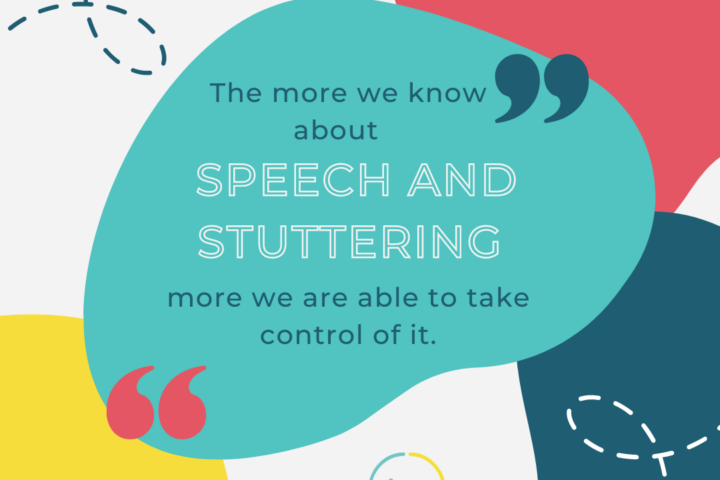This week, we are are so lucky to have Shelagh Orlikowski, the DLST Graduate Intern, here to talk with us about stuttering. When SLPs determine that a child has a fluency disorder (our term for stuttering), one of the first questions parents ask us is, “Will this go away?” As Shelagh explains, it is complicated. Have a read!
**
Your child receives a diagnosis of stuttering; what happens next? Most commonly, parents ask questions like “will they grow out of it?” or “will they be like this forever?” Concerns for their child’s future start to develop, and fear sets in. The short answer to this question is: we don’t know. Speech Language Pathologists (SLPs) and researchers have been searching for answers to this question, but we still don’t know exactly what causes stuttering. But we are getting closer. There are some “factors” that do play a role in whether a child will continue to stutter, or not.

I want to emphasize that these are not “tell-tale signs” of whether a child will continue or stop stuttering, but it is what SLPs use as a guide to help make predictions and steer therapy.
- Family history of stuttering. There appears to be a genetic influence on stuttering, meaning that it can run in families. If there is a family history of stuttering, a child is more likely to continue to stutter past childhood.
- Males are more likely to continue to stutter past childhood, compared to females. In the general population, the ratio of males to females stuttering is 4 to 1 (there are 4 times more males that stutter than females).
- When did it start? Typically, children start stuttering between 2 and 5 years old. It is not uncommon for most children to stutter during this window. During these years, children are expanding their language in leaps and bounds, which puts more pressure on their speech system to create more “adult-like” sentences. About 80% of children who stutter during this time period outgrow it. Once they are above 5 years old and are still stuttering, the likelihood that they will continue to stutter increases.
- How frequent is the stuttering? Children who stutter more frequently, are more likely to continue to stutter past childhood. The benchmark that SLPs use is 3%; so, if the child is stuttering on more than 3% of the words they produce, they are likely to receive a stuttering diagnosis that sticks with them.
- Language skills. Children who continue to stutter sometimes have less developed language skills. When a child who stutters is faced with a speaking task that challenges their language skills, they are more likely to stutter. Their brain is working in overdrive to process the language plus make smooth speech.
- Attitudes and feelings. Stuttering is so much more than smooth or bumpy speech. How a child feels about the way they communicate can have great impact on their stuttering. In some cases, children can develop fear, anxiety, and shame, towards their speech. An important part of SLP intervention for stuttering involves addressing the underlying emotions to help children navigate their communication differences as they grow.
These factors can help SLPs provide some guidance to questioning parents, but we can’t predict the future. The most important and helpful thing that you can do for a child who stutters is focus on what they are saying, not how they are saying it. Whether their speech comes out bumpy or smooth, we want them to communicate with us. Focus on their message.





Cheers!